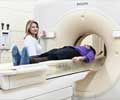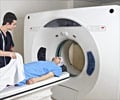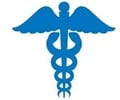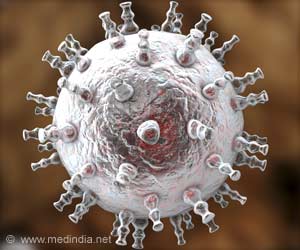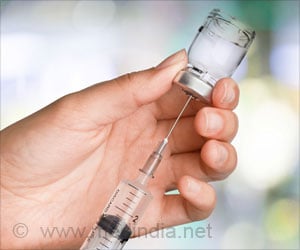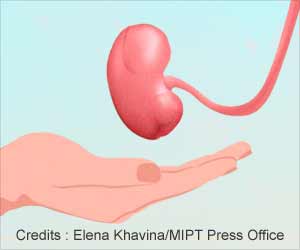A new study says that the use of breast shields is the technique of choice to protect the breasts of women from radiation exposure while undergoing chest CT examinations.
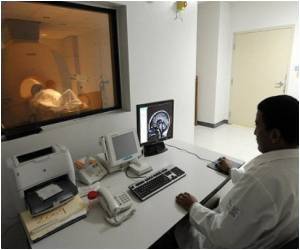
Dr. Tappouni and his colleagues at Penn State Hershey Medical Center in Hershey, PA measured the radiation dose to the front and back of a breast phantom (a object that mimics the size of the breast area of a person) using a breast shield and using a new technique called posteriorly-centered partial CT. In posteriorly centered partial CT, the CT scanner turns on and off as it scans the patient. "We found that posteriorly centered partial CT does decrease skin entrance radiation dose to the breast by 16%, but increases overall radiation dose to the chest by 8%," said Dr. Tappouni. "The bismuth breast shields, on the other hand, reduced skin entrance dose to the breast by 38% without an increase in overall radiation dose," he said.
Dr. Tappouni noted that they now use breast shields at his facility for all female patients up to age 90 who undergo chest CT examinations.
Source-Eurekalert

